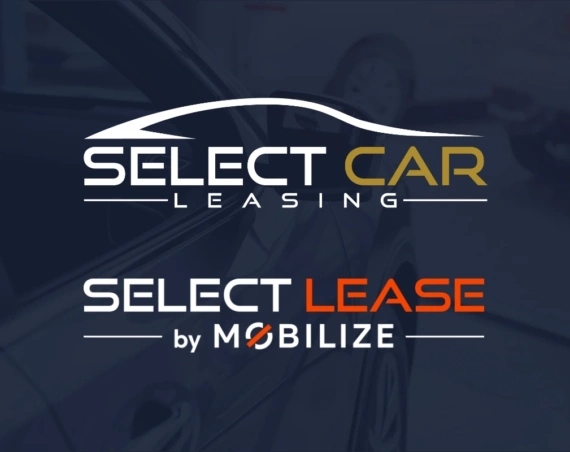THE changing mix of motor finance products is moving further and further towards leasing as previously dominant PCP starts to fade.

Analysis of the market, by Paul Harrison of Leasing.com (left), suggests that not only are the finance trends shifting towards leasing, but the requirements of both consumers and businesses are changing as a reaction to the pandemic.
Speaking at the BVRLA webinar on Mobility Solutions, Harrison – the company’s head of strategic partnerships – points out that FLA figures for PCP purchases of cars was down from 79.5% in 2019 to 75.5% in 2020, while the FLA had seen PCH rise from 11.6% to 13.1% over the same period. Other secured forms of lending, such as HP, had also increased in popularity from 8.8% in 2019 to 11.4% in 2020.
“Turning to the BVRLA’s figures,” continues Harrison, “PCH has been steadily increasing for the last five years and new PCH contracts were double those of BCH in 2020, leaving the broker car fleet on PCH at a record high.” Expectations were for a minimum 6% growth during 2021.
It’s a gradual shift rather than an aggressive trend, but all the data shows that leasing is supplanting PCP as a method of car acquisition.
Putting the success of brokers to weather the COVID-19 storm down to the digitally centric nature of their business, he says that consumers have been able to research leasing offers and transact online for years.
“This has sheltered the industry from the lockdowns that have massively impacted the more showroom-orientated finance products.”
Leasing and electrification go hand-in-hand
Harrison also points out that leasing has enabled both consumers and businesses to assess new technology at arm’s length without being lumbered with outdated or unwanted technology a few years down the line.
“We are seeing major growth in the EV market, with Battery Electric Vehicles (BEVs) accounting for 6.6% of the new car market last year yet forecasted to exceed 20% of total demand seen on Leasing.com by the end of 2021,” continues Harrison.
“And a crucial connection must be drawn between the rise of BEVs and leasing, as the structure of the leasing allows consumers to trial new technologies without high upfront payments or long-term ownership commitments.”
Leasing in numbers
- 6.6% – the volume of BEVs on the new car market 2020
- 20% – total demand expected on Leasing.com by end 2021
- 172,000 – total BVRLA Broker fleet of cars on PCH in 2020
- 10,000 miles – average mileage allowance 2019
- 8000 miles – average mileage allowance 2021
- 63% – petrol sales enquiries
- 19% – diesel sales enquiries
- 18% – Alternative Fuel Vehicle enquiries
Source: Leasing.com
Pandemic changes leasing terms
The attitude to leasing terms has changed, too, reckons Harrison, whose leasing aggregator site was responsible for 15,000 leasing deals last year.
Whereas pre-pandemic consumers and businesses were happy with nine months in advance and a 24 month term, this has changed in 2021 to six up front and a doubling of the lease period to 48 months. Meanwhile the miles requested has moved from 10,000 per annum to 8000 miles per annum “and the trend is going lower towards 5000” he adds.
What hasn’t changed, however, is the average spend which is between £200-£300 a month, suggesting customers are flexing parameters to keep monthly rentals at a manageable level.
“Perhaps they are trying to be financially prudent and keep a lid on costs,” suggests Harrison.
What’s clear, though, is the direction of travel is towards a sustained shift to the rental model, with consumers paying to use an asset then hand it back at the end of the term; and, secondly, that the growth in leasing is going hand-in-hand with the growth of BEVs – with leasing outperforming the market.

Ralph Morton is the leading journalist in the leasing broker sector and editor of Broker News, the website which provides information and news for BVRLA-registered leasing brokers. He also writes extensively on the fleet and leasing market in both the UK and Europe.



